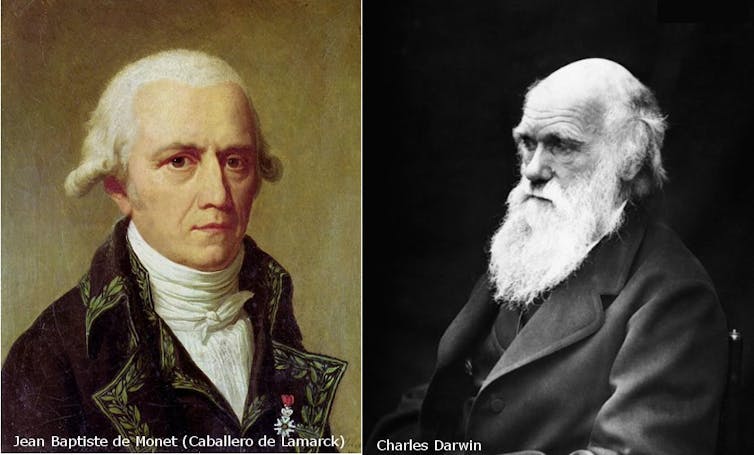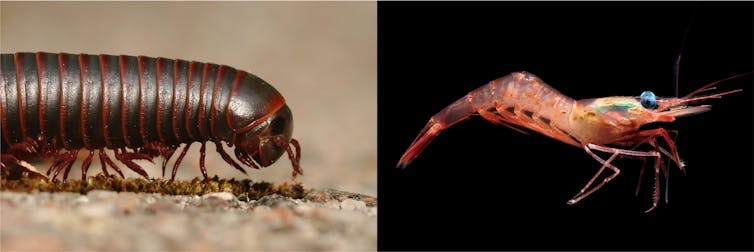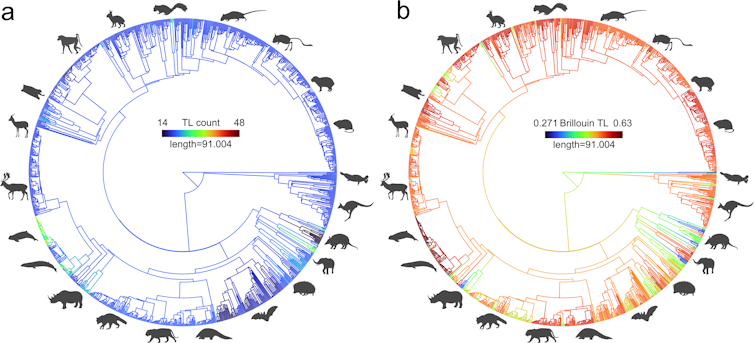ALBERTA
Braid: Old-fashioned government incompetence wrecked a working lab-test system

Article content
What a mess. The DynaLife lab testing fiasco stands as one of the worst Alberta government blunders in many years.
It was driven by political pressures, AHS imperialism, a rushed contract that never should have been signed and costs yet to be revealed.
Article content
On Aug. 18, the UCP government and DynaLife parted ways after wait times for blood and other tests ran out of control in Calgary.
DynaLife had done reliable lab testing in Edmonton and the north for many years. Suddenly it lost the whole province, not just the troubled south.
It’s not clear if DynaLife voluntarily decided to quit Alberta, or if the UCP pushed the company out. Lawsuits may yet emerge from this.
The government has provided no details of the original contract that disastrously extended private testing, or the cost of ending the agreement.
The NDP has asked provincial auditor general Doug Wylie to investigate. The auditor’s office says no decision has been made yet. If any current problem deserves urgent inquiry and disclosure, this is surely it.
New Health Minister Adriana LaGrange looked deeply uncomfortable on the August Friday afternoon as she tried to paint this move as an improvement in health care.
The truth is that the government, already facing so many health-care pressures in hospitals, family medicine and surgeries, virtually wrecked a public testing system that was working very well.
After the southern shift took formal effect on Feb. 23, wait times began growing in Calgary. They soon stretched to weeks for an online appointment, and then to months.
Clinics were swamped by walk-ins. People with appointments they booked far ahead often had to wait hours after they arrived at a clinic.

Doctors were alarmed. Many had patients with serious conditions that needed prompt diagnosis.
Lab technicians, who had no part in causing this, came under intense pressure and occasional abuse.
And it was all unnecessary. Testing under Alberta Precision Laboratories (APL) had been one area that seemed to work reliably in the south. DynaLife was still doing fine in Edmonton.
In near panic, the government threw resources at the problem, or said it did, shifting some community testing to the remaining APL labs in hospitals and urgent-care centres.
None of that had much effect. Then came the dramatic August cancellation that’s supposed to bring improvement.
It hasn’t — at least, not yet. The booking website (albertaprecisionlabs.ca) shows that wait times might have improved slightly, but can still be very long.
Edmonton, meanwhile, is still fairly well served.
Even in government, people were shocked at the dramatic move to end all dealings with DynaLife.
The new contract had been announced late last year — after Premier Danielle Smith took office — and painted in February as a money-saving move that would be more efficient.
People close to the matter say the original contract had to be deeply flawed. One obvious problem was that lab technicians, suddenly in the private sector, took a drop in pay. This was sure to cause trouble.
Dynalife might have expected adjustments to get funding for problems that arose.
But a new regime was in place. Smith’s crew may have taken a tougher attitude to the contract and resisted pressure for new funding.
Jason Copping, the health minister who announced the change, lost in the May 29 election. So did Tyler Shandro, the former minister who was involved earlier.

Jason Kenney, premier at the time the drive began, was long gone.
Another player was AHS, many of whose executives were against private community testing, and still are. They want a provincewide public system. Now they have it, in the most bizarre circumstances.
Smith says all this took shape before she took office. But she was premier for ore than three months before the system kicked in.
A bad deal could and should have been killed before it saw the light of day. There’s plenty of blame to go around here.
AHS seems to be the winner in the background tussle for a public provincial system, but that may only be temporary.
There’s talk that the UCP will at some point move once again toward provincewide private lab testing.
Many people will blame privatization for this debacle, but the main villain seems to be old-fashioned incompetence.
Don Braid’s column appears regularly in the Herald.















